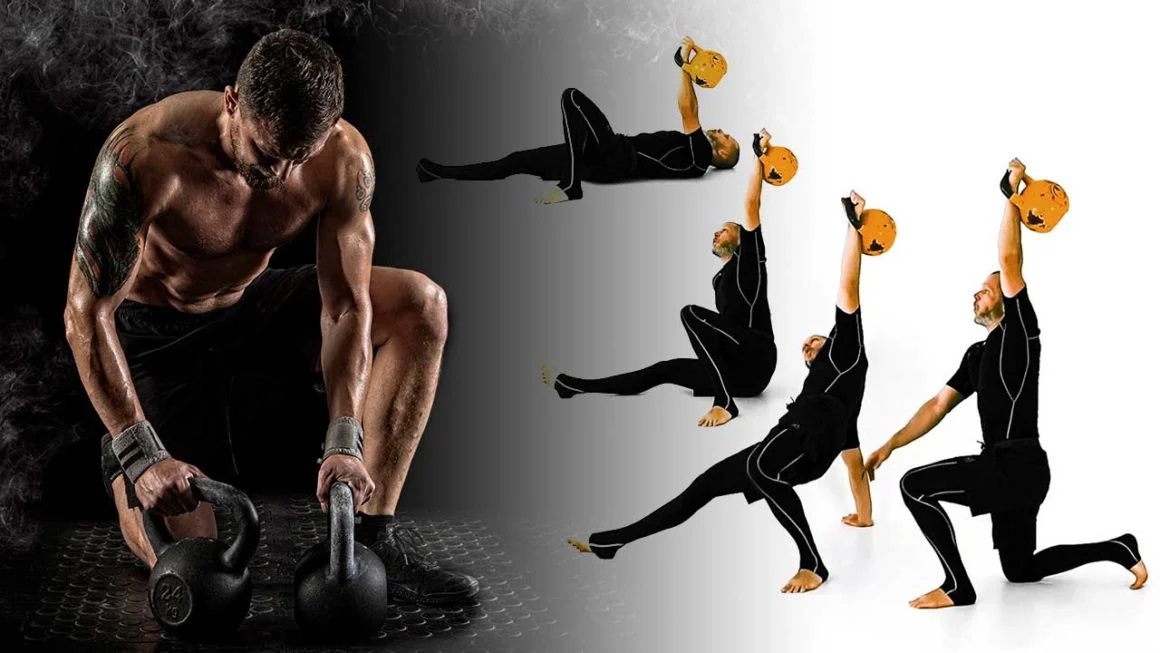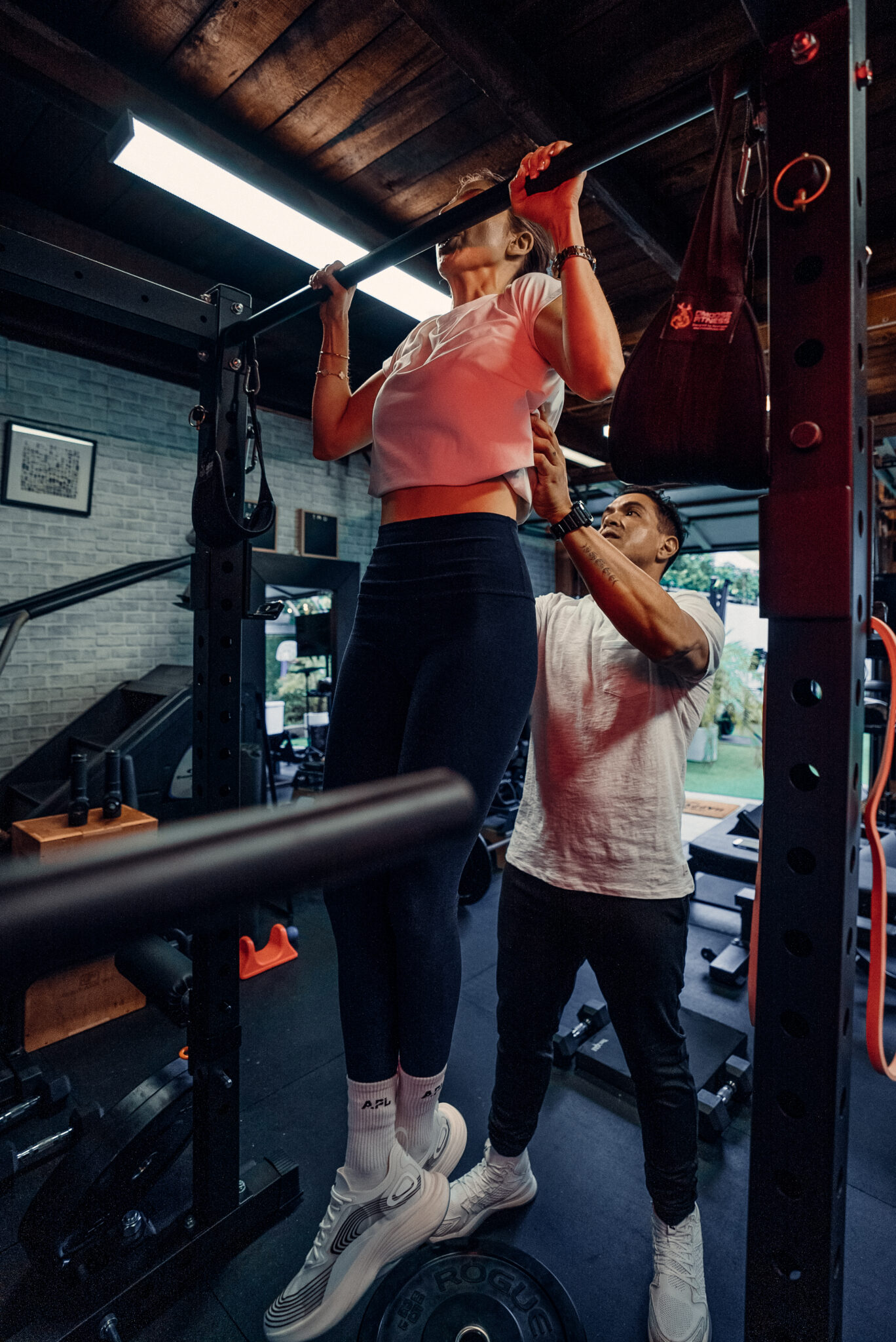Kettlebell workouts have, reportedly, been around for 350 years. They were first used by Russians as counterweights when measuring out goods, and then some old-timey strongmen started to juggle, press, and swing them around for entertainment. There’s probably more to it than that, but that’s essentially how the kettlebell became a staple in gym culture.
Although we don’t recommend dressing up in loincloths and haphazardly tossing weights overhead, there are many benefits to a good kettlebell workout.
- For one, the thick handle that attaches to the cast iron base will challenge your grip more than a dumbbell or barbell.
- They’re also easy to swing between your legs and rest comfortably (well, comfortably enough) on your wrists. This means you can perform more explosive and dynamic movements with kettlebells compared to their iron counterparts.
- You also can get a lot of work done in a tight space, so kettlebells are perfect for small home gyms or apartments.
- Lastly, you can more naturally string together moves to create a workout flow – do a swing, then a clean, and then a press for example.
Kettlebell workouts offer all the benefits of dumbbell training, with the added advantage that the super-thick handles challenge your grip. And because the weight can swing in relation to the handle, simply handling kettlebells works your core extra hard.
Most of all, kettlebells are versatile. They’re ideal for explosive exercises that work major muscles, burn body fat, and build power. They also add a new dimension to classic moves like chest presses and flyes. And you don’t need a wall-length rack of them to get a great workout—one pair will suffice for this routine. Use them regularly and you’ll see the body you’ve always wanted.
The below kettlebell workout also utilizes an elastic band (though, if you don’t have a band you can just use a kettlebell, lightweight, or skip the curl). You’ll perform a series of compound and isolation movements, back to back, in a higher rep range of 12-15. The idea is that you’ll exhaust your muscles just enough while jacking up your heart rate to burn more calories and therefore more fat. Just like the kettlebell itself, the methods of this routine aren’t new – but they’ve stood the test of time because they work.
How it works
The weight of a kettlebell hangs a few inches below its handle, which makes it more difficult to control. Everything from your grip to your core has to work harder than if you were using a dumbbell, so you get more out of even standard dumbbell moves. This extra muscle activity means your body burns more calories. Couple that with exercises that target the whole body, and you have a formula for significant fat loss.
Directions
Perform the exercises as a circuit, completing one set for each, one after the other. Rest as needed between sets. If you’re new to kettlebell training, complete two circuits. If you’re more experienced, do three to five circuits. Choose a weight that allows you to complete 12-15 reps for each exercise.



